If you find that pre-war automobiles all look the same, you aren’t totally wrong. After all, for years previous design was virtually non-existent: style was determined by the engineers themselves, and only answered purely technical needs rather than the public’s taste. General Motors is generally credited for giving an increased attention to the appearance of its cars and creating a dedicated department, at first within its new La Salle branch. Soon, most automobile manufacturers had understood that good looks also helped selling cars. The intrusion of aerodynamics into the field of automobile design during the Thirties further gave a hand in developing cars that did away with the upright look of the Tens and Twenties.
Among the constructors that spearheaded this foray into modern design should be included the name of Panhard. Already one of the world’s oldest automobile manufacturers back then among the likes of Mercedes-Benz and Peugeot, Panhard had specialized in luxurious and comfortable, yet slightly unconventional automobiles. Engines were all of the sleeve-valve type, and rear suspension used a patented “Panhard rod”, an arrangement still used today. Common between the wars in luxury cars from all over the world, Knight-licensed sleeve-valve engines guaranteed silence, high torque and worriless functioning, at the expense of a high oil consumption as the said sleeves were prone to warping, consequently leaking oil – Knight-powered cars emitted characteristic blue exhaust fumes.
From 1934, Panhard’s CS and DS ranges, large cars using six- and eight-cylinder engines, were updated by the company designer Louis Bionier, who gave the models a distinctive look with exaggeratedly wide front wings, a tall and narrow grille, and low and closely set headlights, although its most unusual feature was its windshield. Large glass panes still were flat at the time (though not unknown by the Thirties, large curved glass panes made their real debut after World War Two, the technology having been developed to produce one-piece canopies for aircraft), and pillars were thick and cumbersome. Bionier tried to remedy the problem by flanking the windshield by two small windows, themselves set between thin pillars, which helped reducing the dark spots from the driver’s view.
This range, aptly named Panoramic, was distinctive, but not much ahead of the competition. Two years later, in 1936, Bionier refined its design and unveiled the new Dynamic, a rather baroque automobile which looked like nothing else on the road – but that’s another story.
About the model
Model: Panhard 6CS Panoramic faux-cabriolet
Year: 1935
Maker: Ixo
Scale: 1/43
Distributed by: Altaya as no.40 of its Voitures Classiques press series
Acquired: brand new, in May 2007, in Souillac, France
Altaya’s Voitures Classiques series was peopled by some very nicely crafted models. Nevertheless there were exceptions, and this Panhard is unfortunately one of them: it could have been a success, if only Ixo hadn’t botched the characteristic windshield by fitting much too thick pillars. The front bumper is also slightly too large for my taste. Lacking finesse, this die-cast doesn’t deserve more than 10/20.

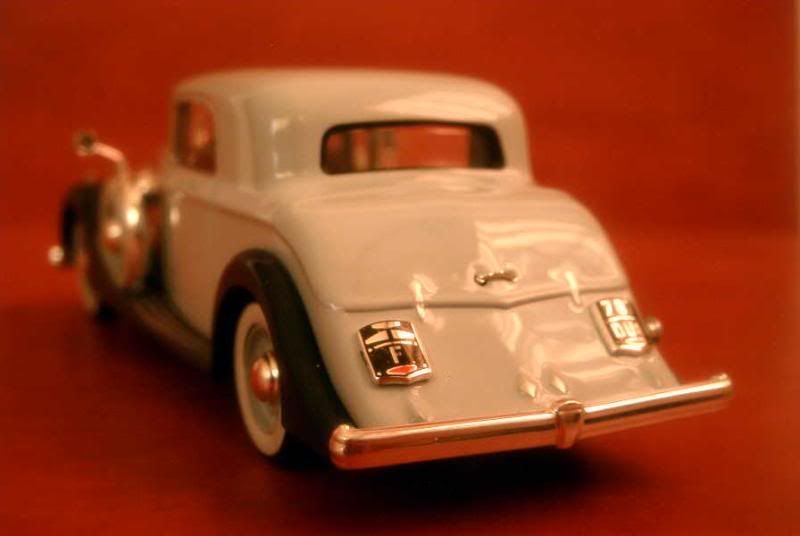
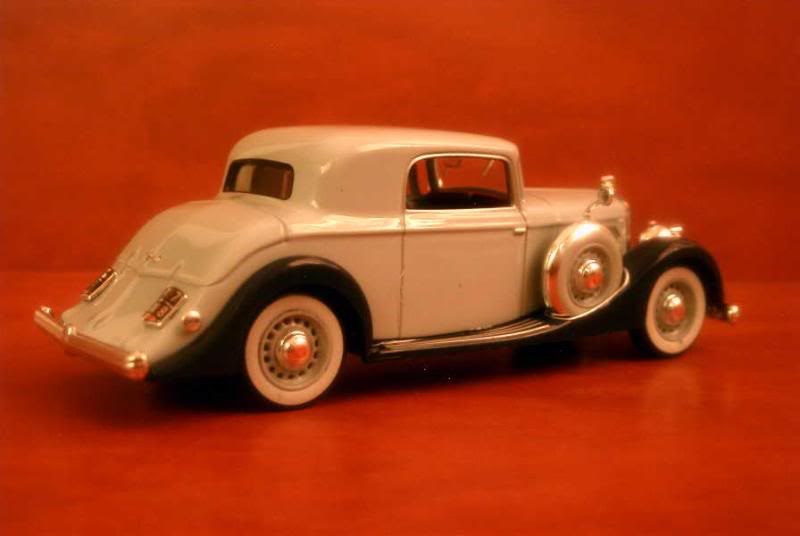
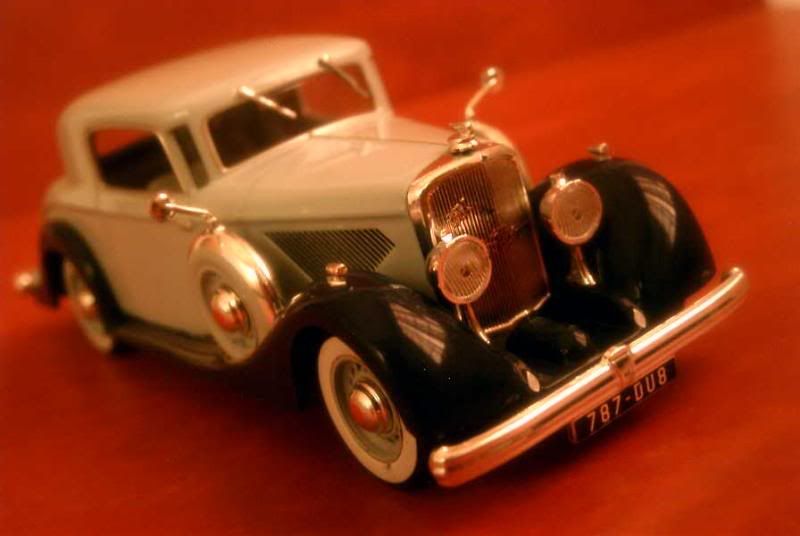
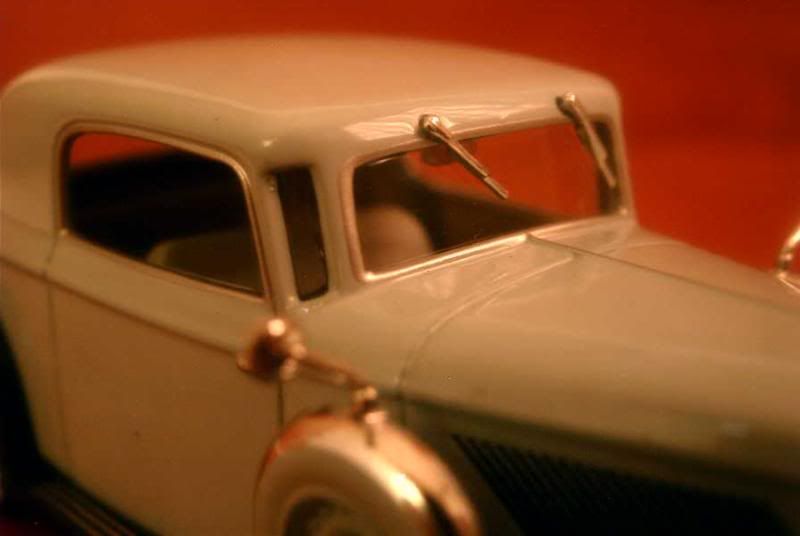
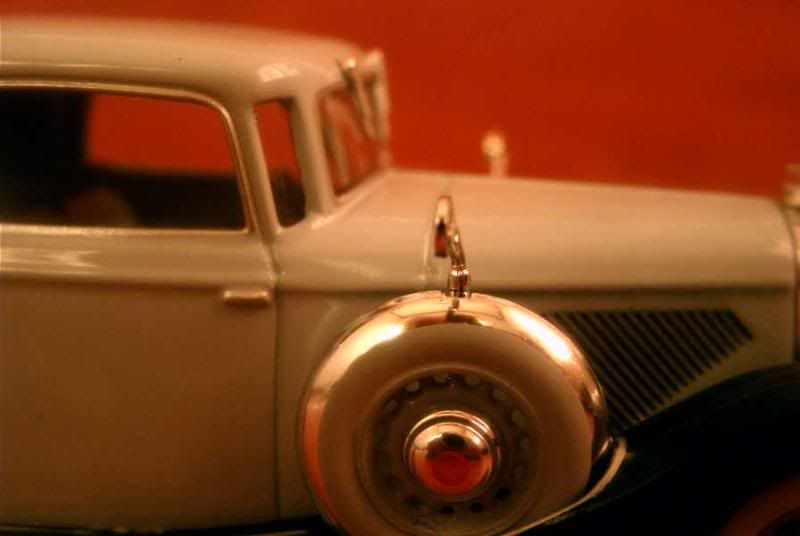



No comments:
Post a Comment